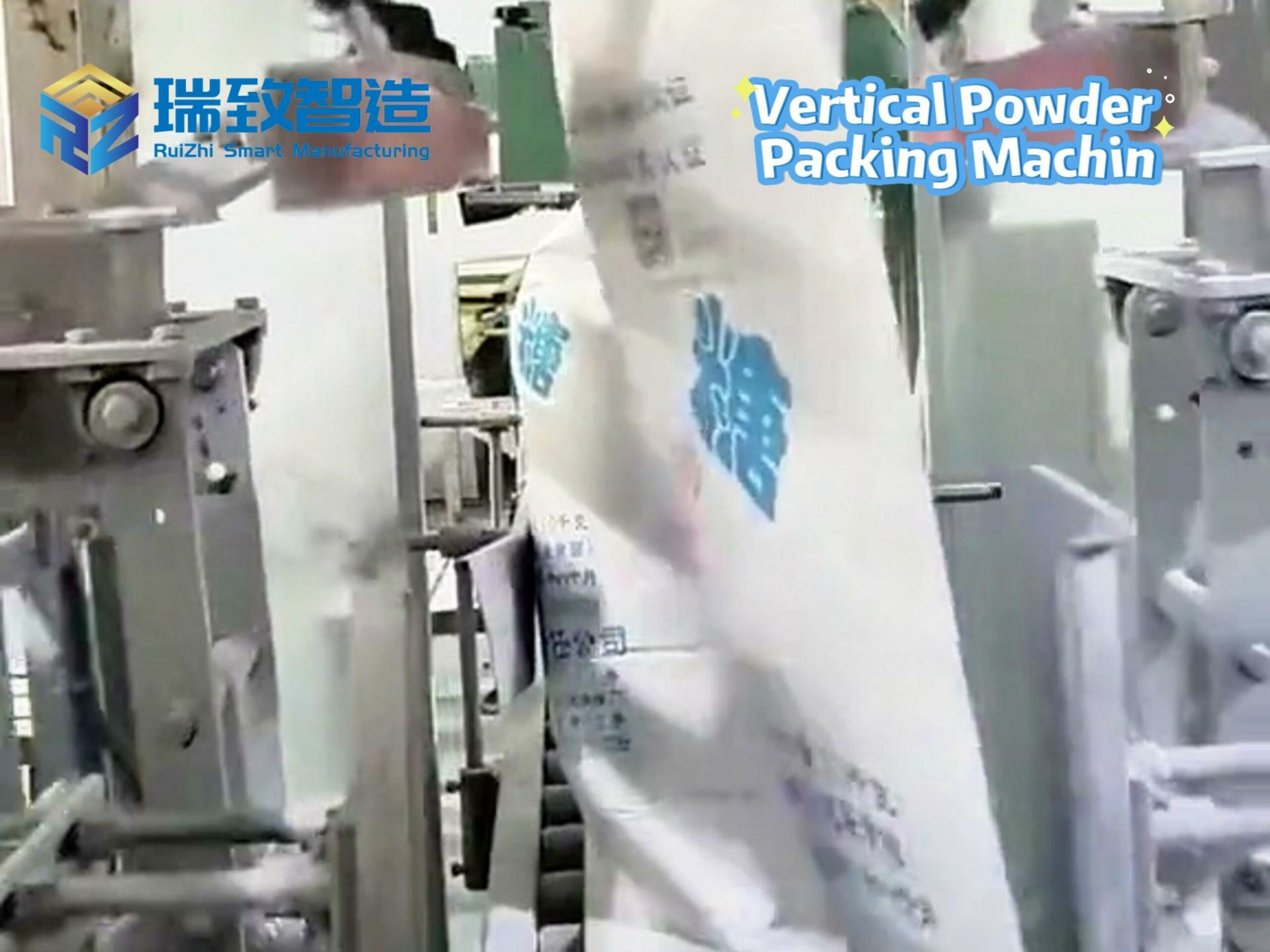Table of Contents
Toggle6-Axis Robotic Loading/Unloading System: Redefining Flexibility in Automated Material Handling

In an era where manufacturing demands shift toward customization, speed, and precision, the limitations of traditional material handling systems—rigid workflows, manual intervention, and limited adaptability—have become critical bottlenecks. Enter the 6-Axis Robotic Loading/Unloading System, a game-changing solution designed to overcome these challenges. By leveraging the full range of motion offered by six degrees of freedom (6DOF), advanced sensors, and intelligent software, this system transforms repetitive, complex material handling tasks into streamlined, error-free processes. Whether transferring delicate electronic components or heavy industrial parts, it delivers unmatched flexibility, accuracy, and efficiency, making it the cornerstone of modern smart factories.
The Power of Six Degrees of Freedom: Why 6-Axis Outshines Traditional Systems
Traditional 4-axis robots excel in planar movements but struggle with vertical orientation and complex angles, requiring manual adjustments for non-flat tasks. In contrast, 6-axis systems offer:
- Complete Dexterity: Rotation around three axes (pitch, yaw, roll) and linear movement along three axes (X, Y, Z), enabling precise manipulation of parts in any orientation—ideal for angled insertion, curved surface handling, or delicate positioning.
- Adaptability to Complex Geometry: Easily handles irregularly shaped components, such as automotive castings, medical device housings, or aerospace composites, without requiring custom fixtures.
- Seamless Integration with Tools: Quick-release end-effectors (e.g., vacuum grippers, magnetic claws, or adaptive fingers) pair with the robot’s versatility to handle 100+ part types, reducing changeover time from hours to minutes.
Core Technologies Driving Performance
1. Force-Torque Sensing: Precision Meets Safety
Integrated force-torque sensors allow the robot to “feel” its environment, enabling:
- Gentle Handling of Delicate Parts: Applies controlled force (0.1–50N) when gripping glass panels, circuit boards, or polished metal components, eliminating scratches or deformation.
- Compliant Motion for Assembly Tasks: Adjusts pressure in real time during press-fit operations (e.g., inserting bearings into housings), ensuring alignment accuracy within ±0.05mm.
- Collision Avoidance: Instantly stops or redirects motion if it encounters unexpected obstacles, protecting both the robot and workpiece.
2. Vision-Guided Navigation: See, Plan, Act
A high-resolution 3D vision system with AI-powered recognition ensures:
- Chaotic Bin Picking: Identifies randomly stacked parts with 99.8% accuracy, even for items with similar shapes or reflective surfaces (e.g., aluminum brackets or plastic connectors).
- Real-Time Path Correction: Adjusts the robot’s trajectory mid-movement to account for part position deviations, critical for loading into tight machine tool chucks or aligning with precision fixtures.
- Quality Pre-Check: Scans parts for defects (e.g., missing holes, surface cracks) before handling, preventing faulty components from entering the production line.
3. Smart Software for End-to-End Control
The system’s intuitive software ecosystem simplifies programming and optimization:
- No-Code Task Setup: Drag-and-drop interfaces let operators define new loading/unloading sequences in minutes, with pre-built templates for common tasks (e.g., CNC machine tending, injection mold unloading).
- AI-Driven Cycle Time Optimization: Machine learning algorithms analyze thousands of cycles to refine motion paths, reducing handling time by 15–20% over traditional programming methods.
- IoT Integration: Feeds real-time data (gripper wear, cycle times, error rates) to factory management systems, enabling predictive maintenance and proactive workflow adjustments.
Applications Across Industries
1. Electronics Manufacturing: Delicate Precision at Scale
In a smartphone factory producing 50+ models with varying screen sizes:
- The system unloads fragile OLED panels from vacuum chambers, rotating them at precise angles to avoid contact with edges, achieving a 99.9% defect-free handling rate.
- For CNC machining of aluminum phone frames, it loads parts into fixtures with ±0.02mm positional accuracy, eliminating manual alignment errors that cause costly tooling damage.
Result: A leading OEM reduced machine downtime by 40% and labor costs by $300K annually per production line.
2. Automotive Production: Heavy-Duty Handling with Finesse
At a tier-1 supplier assembling electric vehicle drivetrains:
- 6-axis robots lift 20kg motor rotors from conveyor belts, using force sensing to ensure smooth engagement with balancing fixtures—a task impossible for traditional 4-axis systems.
- For die-casting cells, the system removes hot aluminum parts (up to 300°C) with heat-resistant grippers, safely transferring them to cooling racks while avoiding thermal distortion.
Case Study: A major automaker achieved 24/7 unmanned operation in its transmission line, with a 50% reduction in part handling-related downtime.
3. Medical Device Assembly: Sterile, Traceable Operations
In a Class 8 cleanroom manufacturing insulin pumps:
- Sterile-grade robots handle 3mm-diameter plastic pistons, using vision-guided picking to avoid contamination from human touch.
- Each handling action is logged in the system’s traceability software, ensuring compliance with ISO 13485 standards and simplifying audit processes.
6-Axis vs. Traditional Handling Systems: A Clear Advantage
| Metric | 6-Axis Robotic System | Traditional 4-Axis/Manual System |
| Part Geometry Supported | Complex 3D shapes, angled surfaces | Flat, symmetric parts only |
| Positioning Accuracy | ±0.02mm (micron-level) | ±0.5mm (operator/fixture-dependent) |
| Changeover Time | <10 minutes (software-driven) | 1–2 hours (fixture replacement) |
| Uptime | 98%+ (autonomous error recovery) | 85% (frequent manual intervention) |
| Labor Requirement | 1 operator for 3+ systems | 3–5 operators per line |
The Business Case: Investing in Flexibility
1. ROI Through Operational Excellence
- Reduced Labor Costs: Replaces 80% of manual handling tasks, ideal for high-wage regions or dangerous environments (e.g., high-temperature, high-dust zones).
- Quality Assurance: Consistent precision lowers rework costs by 60%, critical for industries where a single handling error can scrap an entire batch (e.g., aerospace components).
- Scalability: Modular design allows easy integration with existing machines (CNC, injection molds, 3D printers), future-proofing factories for new product introductions.
2. Catalyst for Industry 4.0
- Batch Size 1 Feasibility: Effortlessly handles custom orders or low-volume production runs, enabling manufacturers to embrace mass personalization.
- Data-Driven Insights: Real-time analytics identify bottlenecks (e.g., slow gripper response, machine tool alignment delays) and optimize workflows for lights-out manufacturing.
The Future of Material Handling: Where Flexibility Meets Intelligence
As factories evolve toward greater autonomy and complexity, 6-axis robotic loading/unloading systems are leading the charge with innovations like:
- Self-Calibrating Tools: AI automatically adjusts gripper parameters based on part weight, shape, or material, eliminating manual setup.
- Collaborative Operation: Safe interaction with human workers in shared workspaces, thanks to advanced collision detection and speed limiting.
- Sustainable Design: Energy-efficient motors and minimal waste from precise handling align with global ESG goals, reducing carbon footprints by 25% compared to traditional systems.
In a manufacturing landscape where “one size fits all” is no longer sufficient, the 6-Axis Robotic Loading/Unloading System emerges as a strategic investment—one that turns handling challenges into competitive advantages. By combining mechanical versatility with intelligent automation, it not only solves today’s problems but also prepares businesses for the unforeseen demands of tomorrow.
#6 Axis Robotic Handling #Automated Material Handling #Precision Loading Unloading




















